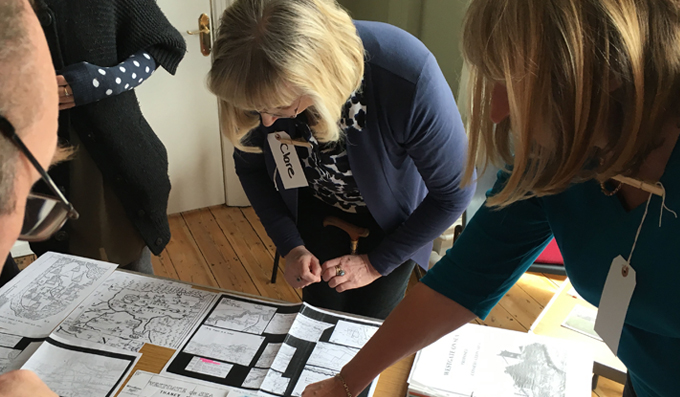Here you will find useful guidance, research and precedents of exemplary sustainable developments that deliver social, economic, and environmental value.
In Climate Quarterly we highlight useful guidance, research and exemplary sustainable developments to inform best practice approaches to the built environment.
Sustainable new neighbourhood planned for Lewes
The Phoenix is an ambitious proposal for a new sustainable neighbourhood on a brownfield site in Lewes, Sussex. The mixed-use development of 700 homes was submitted for planning in January and aims to create an environmentally and socially sustainable new part of the historic town.
Find out more.
Passivhaus becoming mainstream
The Passivhaus standard of energy efficiency in buildings is becoming more mainstream as local authorities increasingly demand strict sustainability requirements. The Greater Cambridge Local Plan (consultation) would require new buildings to meet an equivalent to Passivhaus standard in space heating, while Scotland also plans to legislate for a Passivhaus equivalent in all new homes.
Low carbon design doesn’t need to cost more
A study of four low carbon developments in England has found that highly sustainable design can be achieved at virtually no additional cost. Find out more.
Urban trees save lives
A recent study of 93 European cities finds that increasing tree cover by 30% can reduce heat-related deaths during a heatwave by one third. This emphasises the need to retain mature trees and plant more in our towns and cities to mitigate the effects of climate change. Find out more.
Green Infrastructure Framework launched by Natural England
Natural England have launched the Green Infrastructure Framework as a resource to help local authorities integrate green infrastructure (GI) planning into local plans and assist developers in delivering GI in new developments. It includes principals, interactive maps and a design guide. Find out more.
Image: Photo by Gordon Plant on Unsplash





